Dead batteries and power loss can be traced to any number of things. These include old/depleted battery cells, bad earth, faulty alternator, short in the electrics etc... By means of testing output voltages, and checking the connections, you can see if the alternator is producing the correct output (around 14V depending on type).
There are different alternator types and outputs depending on your model (and age) of smart, so ensure you replace the alternator with the correct type.
First disconnect the battery, then jack up the car (from the chassis tubes) and mount and axle stand under the jacking point of the tridion. Then remove the wheel.

Remove the wheel arch lining which is secured by 3 nylon 10mm nuts. The lining might need a bit of persuasion to release from around the upper shock mount.

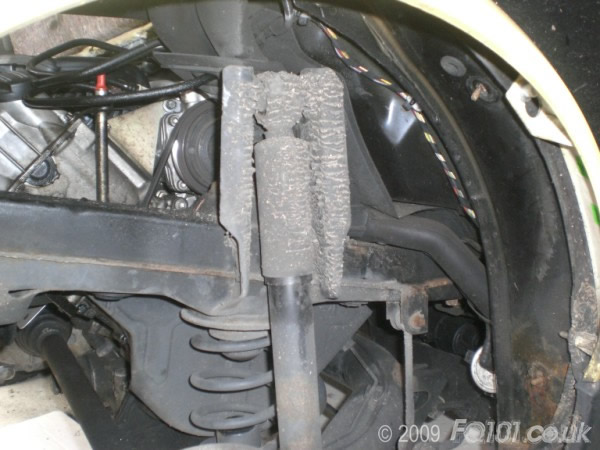
Remove the pulley cover - it is helf it with 2 big push-pin fixings. so pull out the pin from the centre of the fixings, then pull the fixings out. the cover will just then come away.
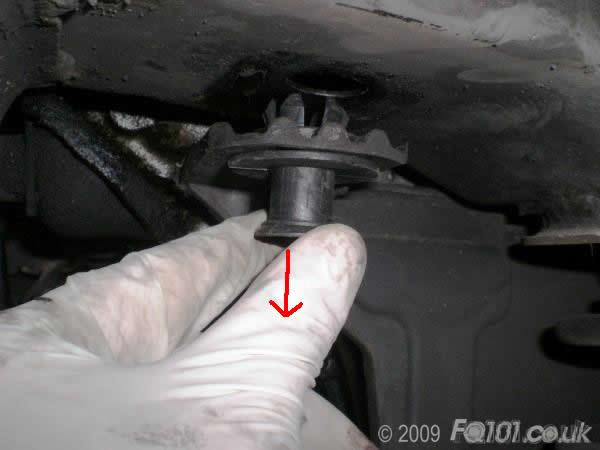
To gain more access to the alternator, you need to drop the engine down from the car, so gently support the base of the engine on a jack, and loosen the engine cradle bolts (E18 socket). Remember you will need to loosen the nearside bolts too, to allow it to drop correctly minimising the force on the bolt heads. The offside bolts wereleft with about 3 turns left, but the weight was carried byt he jack. The longer bolts which maybe referred to sometimes on engine work, are Mercedes workshop tools and cannot be purchased from them.
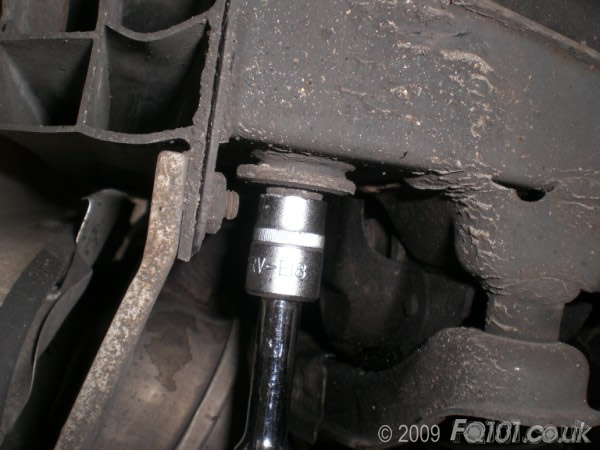
Remove the tensioner retaining nut from the lower alternator mount, it is a 15mm socket.
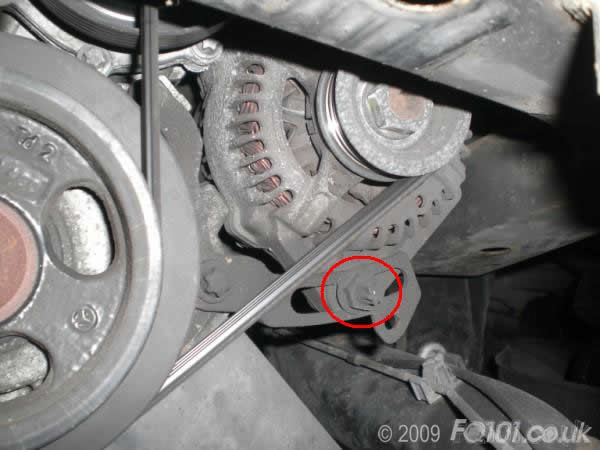
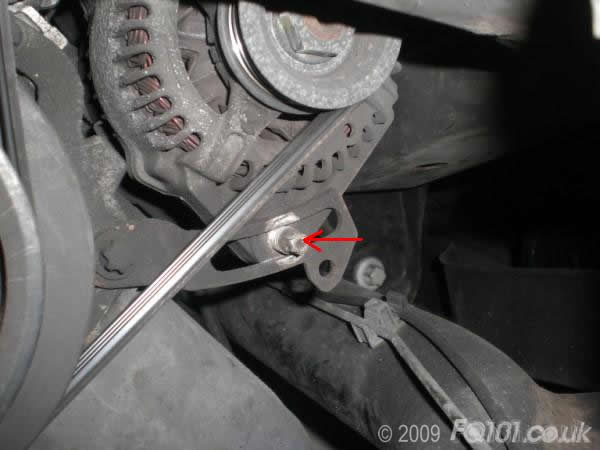
If you were simply changing the belt, this would suffice, but to change the alternator the tensioner mount must also be completely removed to give additional space. The tensioner bolt on the alternator has a shaped head to hold it in place in the alternator casting... just push it out so it's not lost. The mount is held on (strangely) with 2 different sized bolts, the lower is an E14, and the upper is an E12.

The top of the alternator is held on with a single 16mm bolt with a long shank into a sunken nut on the alternator housing. We used 2 extension bars to reach it between the top of the subframe and the bottom of the trid - this space seemed to line up perfectly with access to this bolt. The mount then needs to be pulled out of the fixing to free it - it can be quite tight.
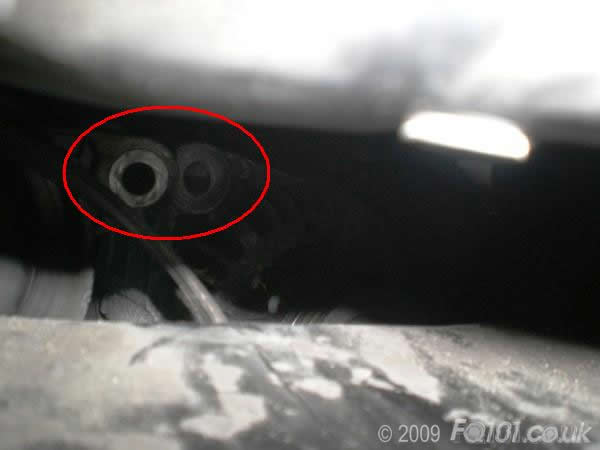
The alternator will now be 'free', however all of the electrical connections are still attached and screwed into the back of the alternator. You will find there is not enough 'give' in the wiring loom to allow removal of the alternator followed by undoing the connections, so this must be done in situ. There will be some space formed above the alternator where you have dropped the engine, so push the alternator into this space, turn it so the wires are facing downwards, and lower (it won't lower completely, but will now give you access to see the wires).
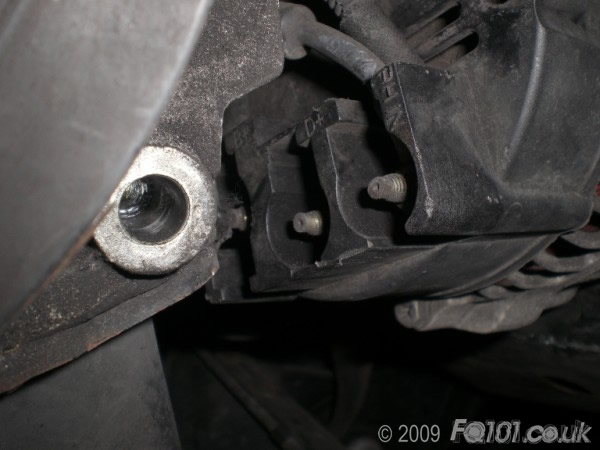
Note where the wires are coming from, and remove the connections, in this case, an 8mm nut on a smal 1/4" drive just fitted.
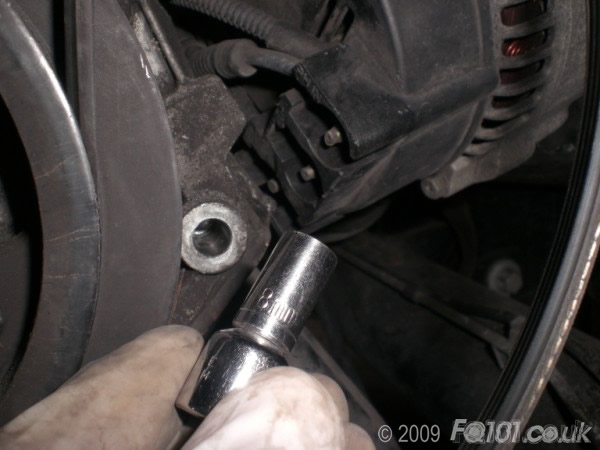
You can see this alternator arrangement has 2 wires from the earth, you may only have 1 (or none!) as this was present on the late mk4 and mk5 cars only. Remove the live connection.


With all the wires now free, you will need to use the space above the alternator to turn it back around and feed out the gap between the bottom of the engine and the lower chassis tube.
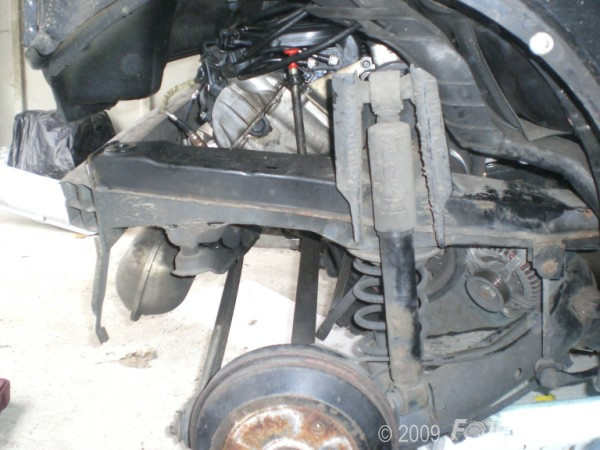
Space is tight, but we found that turning the alternator so that both mounting lugs were pointing out to the side (and angled down (they're offset), then the alternator will come out much much easier.
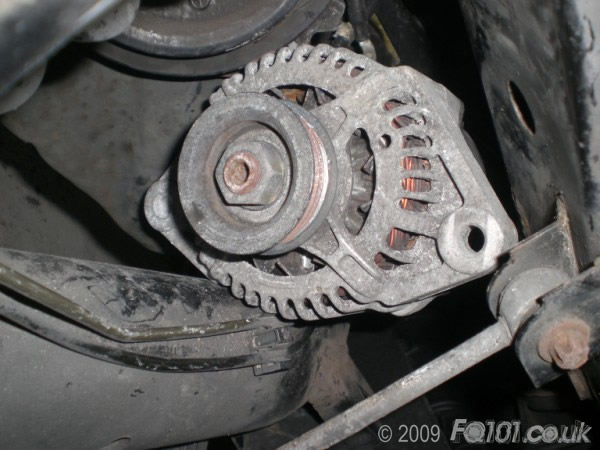
Refit in reverse, but you'll find that reattaching the wires back on is a pain, as is locating the top mount. We used the small 1/4" drive for the wires, which worked great, and used a punch to line up the top mount.

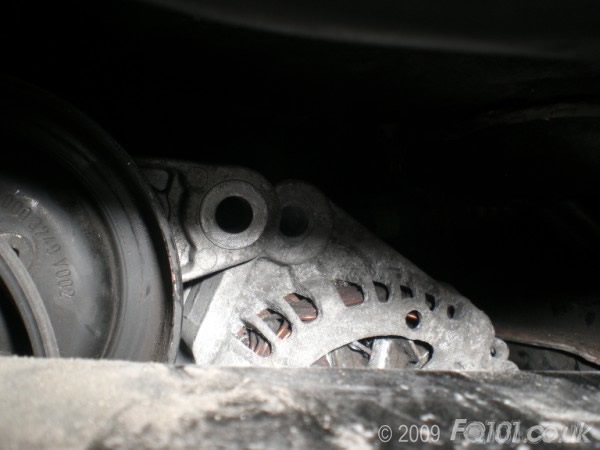
Once done, reattach the battery and check that the charging voltage is reading correctly.




